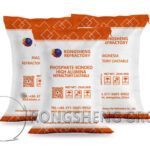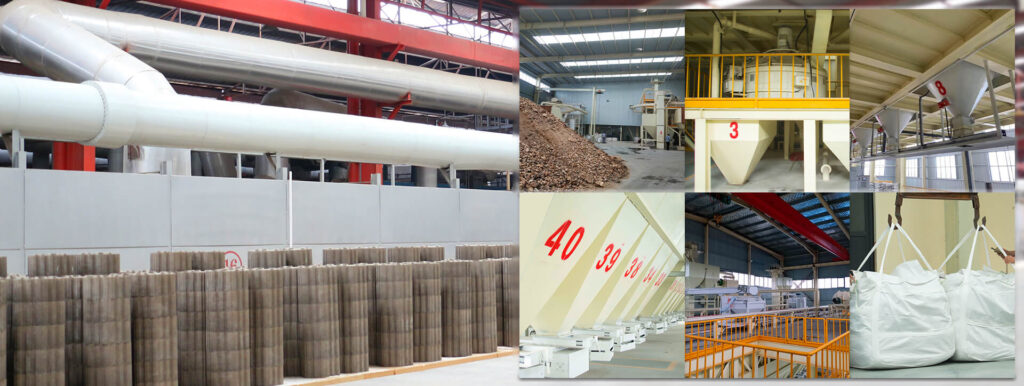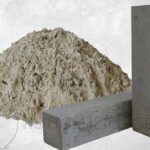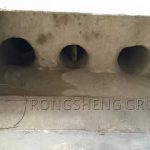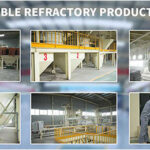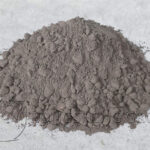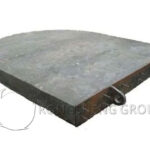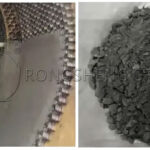Garbage, hazardous waste incinerator kiln, can process production, domestic waste, medical waste, hazardous waste, etc. Modern waste disposal methods are basically harmless disposal. Specifically, there are different types of furnaces such as mechanical grate type, fluidized type, and rotary kiln type, and the processing temperature and working atmosphere are generally different. Rongsheng refractory material manufacturer can provide high-quality refractory materials for hazardous waste incinerators. According to the production needs of customers, we can customize refractory materials for hazardous waste incinerator customers. It is also possible to improve the configuration of the existing refractory lining material for the waste incinerator to reduce the temperature of the outer wall of the kiln body and save energy and production costs. Free inquiry.
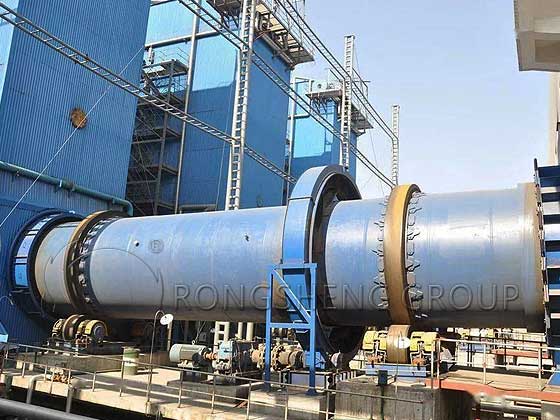
Hazardous Waste Treatment Requirements for Refractory Lining Materials
Hazardous waste treatment basically uses the harmless treatment technology of rotary kiln incineration. Due to the complex types of hazardous waste, the acid-base degree of the melt produced during high-temperature incineration is mixed and complex. The lining temperature is high, and the composition is complex and diverse. Therefore, the selection of lining materials must be corrosion-resistant, wear-resistant, and thermal shock resistance is better.
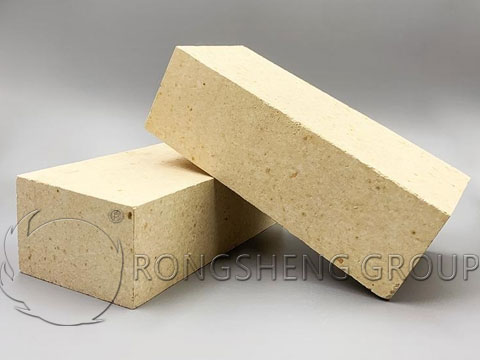
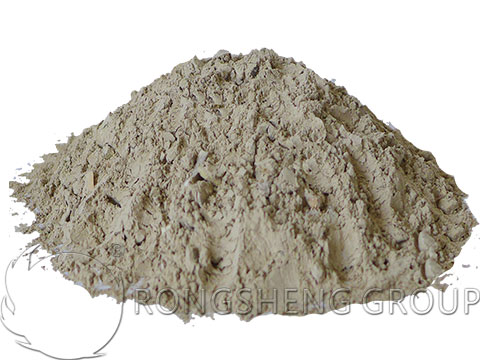
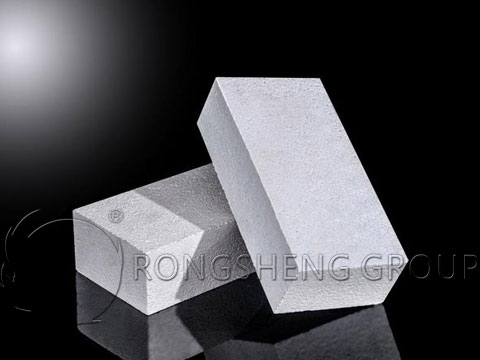
Refractory Materials for Waste Incinerators of Different Furnace Types
The grate type or fluidized type is used for the incineration of domestic waste and medical waste. The temperature of the furnace lining is relatively lower than that of the rotary type. Although the relative composition is slightly acidic, there are also sundries with various components. Therefore, refractory bricks or castables for lining should also consider erosion and thermal shock.
In general, the temperature of the high-temperature zone of the grate type and fluidized type furnace is around 1100°C. The temperature in other areas is around 800°C. Therefore, the choice of refractory bricks can use secondary high alumina bricks or high wear-resistant castables. Because aluminum silicon carbide castables have strong corrosion resistance and good thermal shock performance, they can be mixed with high alumina bricks in the furnace lining.
The rotary hazardous waste incinerator, because it is a rotary combustion method and the components of the hazardous waste incinerated are more corrosive than domestic waste and medical waste, and the operating temperature is also higher. At present, most of the incineration furnace linings on the market use chrome corundum bricks or chrome corundum castables. Although the cause of chromium pollution is not serious, the smell inside the furnace lining is very unpleasant after sintering for a period of time. The main reason is that the slag resistance of chrome corundum bricks or chrome corundum castables is not as good as that of corundum mullite bricks or corundum mullite castables. And the anti-penetration ability is not as good as corundum mullite products.
Therefore, it is considered based on various factors such as performance, economy, and environmental protection. When the temperature of the waste incineration furnace lining is around 1100°C, high alumina refractory bricks and high wear-resistant castables can be mixed and used according to the location of use. For the furnace lining with a lining temperature of about 1300°C, corundum mullite refractory bricks or corundum mullite castables can be used as the lining.
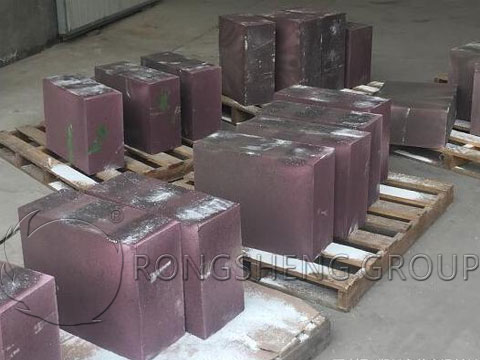
Selection of Refractory Materials for Various Parts of Rotary Kiln Hazardous Waste Incinerator
A rotary kiln incinerator is a professional hazardous waste incineration device. The main equipment consists of a rotary kiln, secondary combustion chamber, waste heat boiler, quenching tower, deacidification, and dust removal system. Various types of hazardous waste that have been pretreated enter the combustion system through different feeding methods. Under the action of its own gravity and the continuous rotation of the rotary kiln, the material and the combustion-supporting air is fully contacted to complete the drying, gasification, and combustion process. Finally, the remaining part is quenched into ash. Rongsheng refractory material manufacturer provides refractory materials for various parts of the rotary kiln hazardous waste incinerator.
Refractory materials for rotary kiln body
The most critical equipment of the rotary kiln incinerator is the rotary kiln body. Because it is a kind of dynamic operation equipment, it has higher requirements for the design of the inner lining structure. First of all, it is necessary to ensure the stability of the refractory lining under the operating conditions of the dynamic high-temperature state and prevent the refractory bricks from falling off. Rongsheng refractory material manufacturers can customize the lining material of rotary kiln incinerators.
For the hazardous waste rotary kiln system, due to the relatively slow speed, generally below 1 rpm, different structures such as single-layer bricks, double-layer bricks, composite bricks, and integral casting can be selected according to plant design and energy-saving requirements. The total thickness of the refractory materials in the rotary kiln is generally 250-300mm, and the material of the refractory bricks in the working layer generally differs according to the treatment temperature and the type of hazardous waste. High alumina, corundum mullite, and chromium zirconium corundum refractory materials can be selected.
- When a single-layer structure with a thickness of 230-300mm is adopted, since the thermal conductivity of refractory materials is mostly above 1.7-2.0, the temperature of the outer wall of the kiln in the high-temperature zone in the later stage will reach above 350°C. However, the overall structure is stable and suitable for projects where the rotary kiln is located outdoors.
- The double-layer structure of heat-insulating bricks and refractory bricks is adopted because the heat-insulating bricks have low thermal conductivity, which can reduce the temperature of the kiln skin. The temperature of the outer wall of the kiln can be controlled at around 220°C or even below, and the energy-saving effect is good. However, it has high requirements for construction and is suitable for indoor projects.
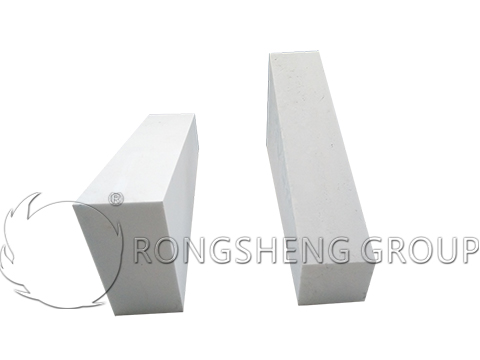
Second combustion chamber
The main function of the secondary combustion chamber is to perform secondary combustion treatment on the flue gas. Combustible components, fly ash particles, and dioxins are incinerated and decomposed, and physical and chemical reactions exist simultaneously, and the reactions are violent. The secondary combustion chamber generally includes refractory materials, thermal insulation materials, and thermal insulation materials. Among them, refractory material refers to heavy castables, plastic or refractory bricks in the working layer. Insulation materials refer to insulation castables and insulation bricks. Insulation materials refer to calcium silicate boards, ceramic fiber boards, and nano boards.
other parts
The part of the waste heat boiler is mainly the ash hopper, the header, the top seal, and the outlet flue which needs to use some wear-resistant castables. Among them, the ash hopper is mostly double-layered with heat-insulating material and wear-resistant castable, and the total thickness is generally 200-250mm.
The quench tower uses acid-resistant castables or acid-resistant cement. The area about 2 meters down from the top has a higher temperature. 25mm thermal insulation material can be used as the thermal insulation layer, and the total thickness of the lining is 100mm.
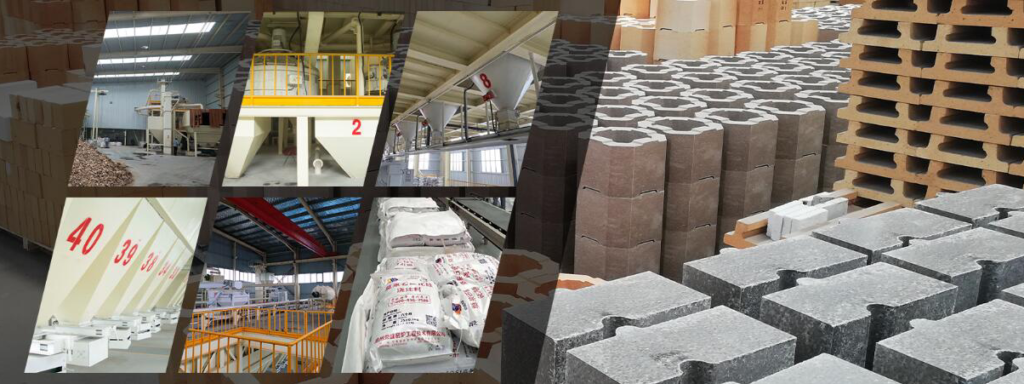
Rongsheng Refractory Manufacturer that Can Customize Lining Materials
Rongsheng refractory material manufacturer is a powerful refractory material manufacturer. Rongsheng manufacturers have independent refractory brick production lines and monolithic refractory production lines. Refractory brick products are mainly silica bricks, high alumina bricks, magnesia bricks, zirconium bricks, magnesia chrome bricks, magnesia carbon bricks, and corundum bricks. Our main monolithic refractory production line can customize monolithic refractory products for various lining requirements. At present, we have supplied refractory ramming materials, refractory plastics, corundum mullite monolithic materials, etc. to many enterprises. It has a good application effect on the kiln lining of various enterprises. To purchase refractories for hazardous waste incinerators, please contact us. We can provide buy-free quotations and free samples.

